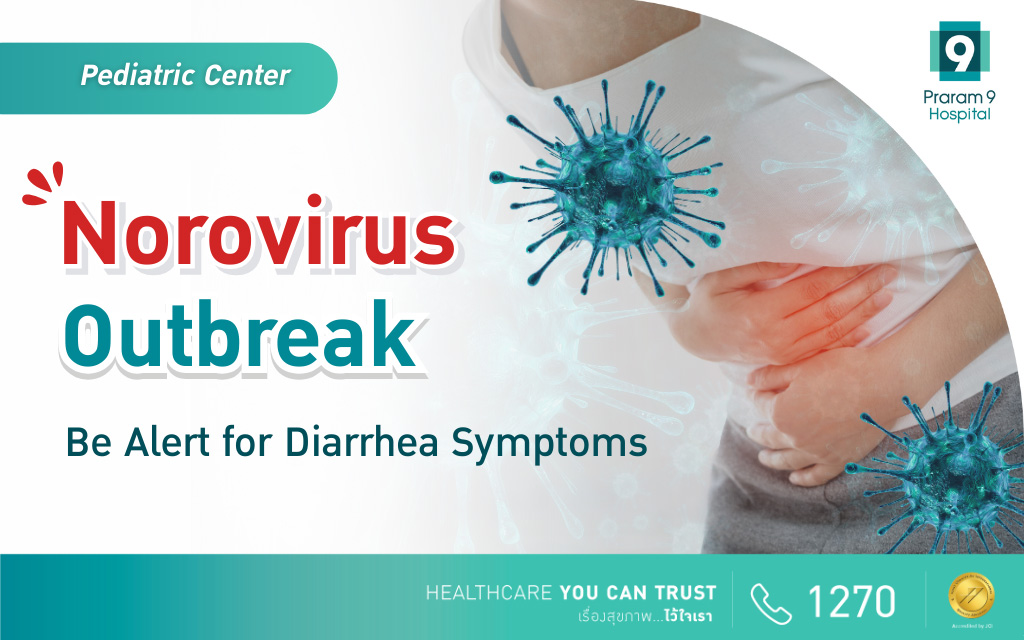PM2.5 lung and breathing problem.
PM stands for Particulate Matters. It’s the standard term used for small dust that is harmful to our body and health by the united states environment protection agency in USA. There are two sizes of dust in the scale of micron which is PM 10 and PM 2.5. PM2.5 is the sized of 1/25 of the width of a hair and is very light. Dust PM 2.5 comes from smoke from vehicle combustion engine, industrial factory and burning from agriculture activities.
PM 2.5 is harmful to our body and our breathing system that can lead to respiratory problem and if expose to PM2.5 for a long time, the dust can accumulate in the lungs which result in reduce efficiently for our lung to breath and to received oxygen. For individual with chronic lung illness such as asthma, emphysema and dust allergy, the condition of their illness can worsen with symptoms such as coughing, difficulty breathing and runny nose.
Breathing in air containing PM2.5 without protection for a period of time has the potential to lead to lung cancer. Aside from that, PM2.5 is so small that it can even pass through our lungs and absorbed into our blood stream and spread around our body This can cause patients with heart and artery problem to experience severe symptoms that cause reduce the blood that feed our heart muscle.
People who are easily susceptible to PM2.5 re elderly folks, people who have breathing illnesses such as asthma, pregnant women and children.
For healthy adult, the level of PM2.5 that can start to affect health is above 50 microgram per cubic meter. If the level raise to 90 microgram per cubic meter, it become the level that has implication to health and require protection measure. However, children and people with lung issue are affected at much lower level of PM2.5.
More Informations:






